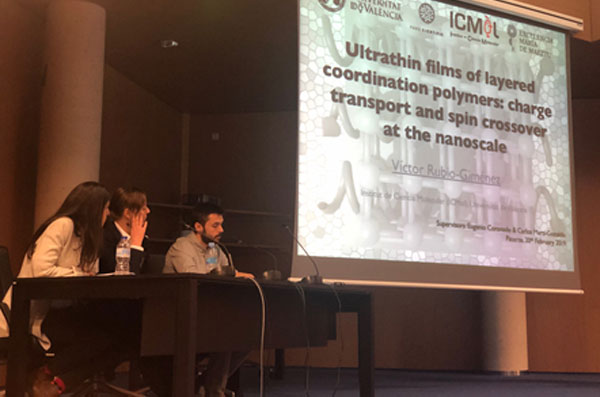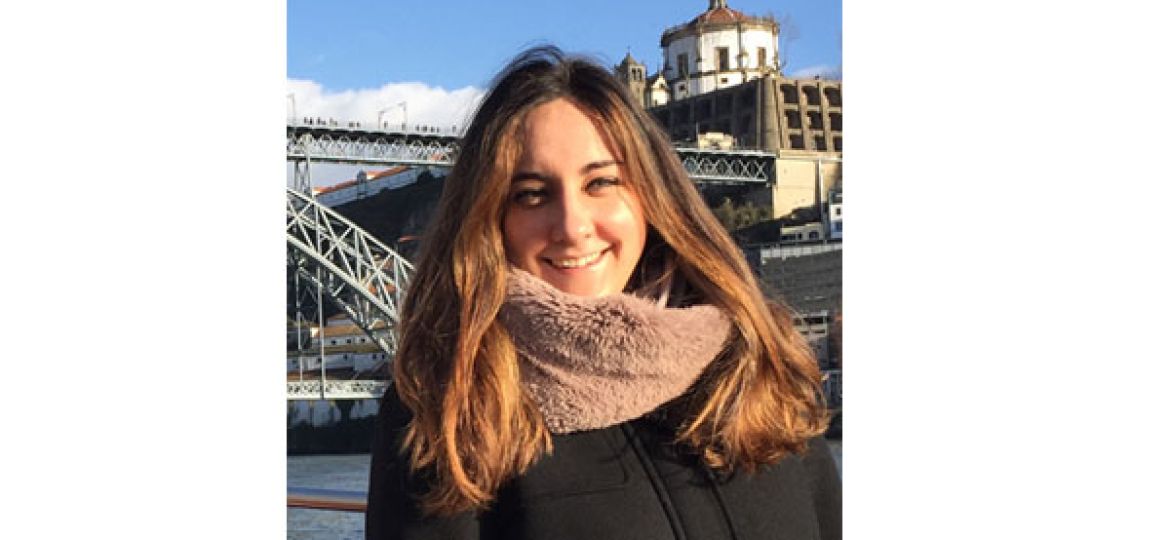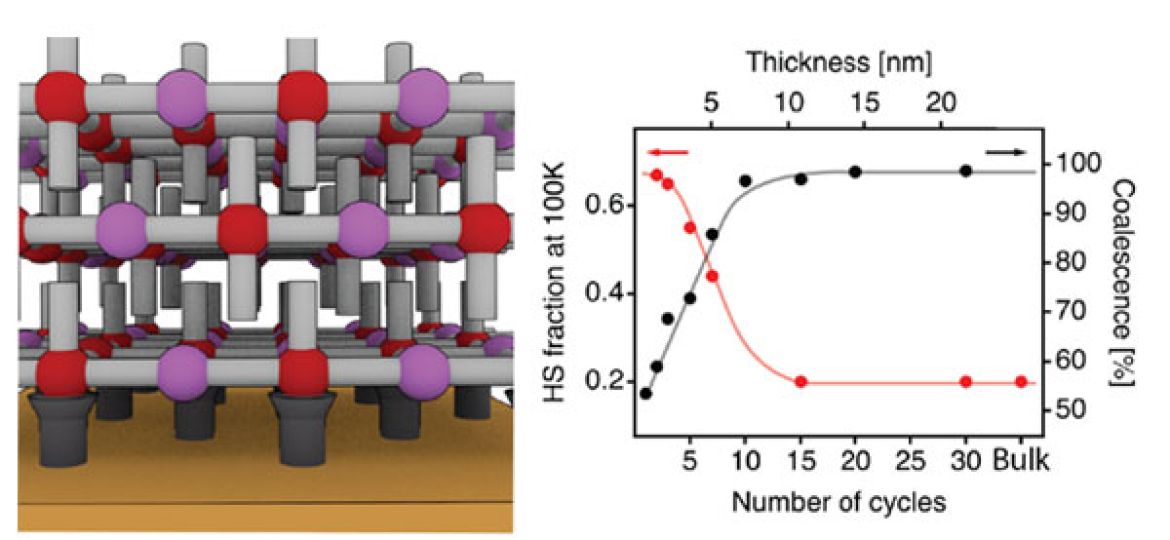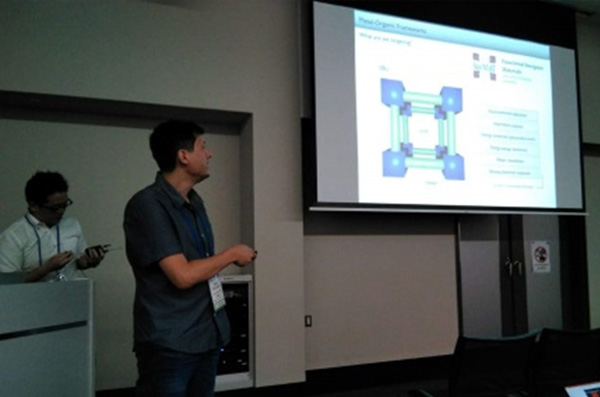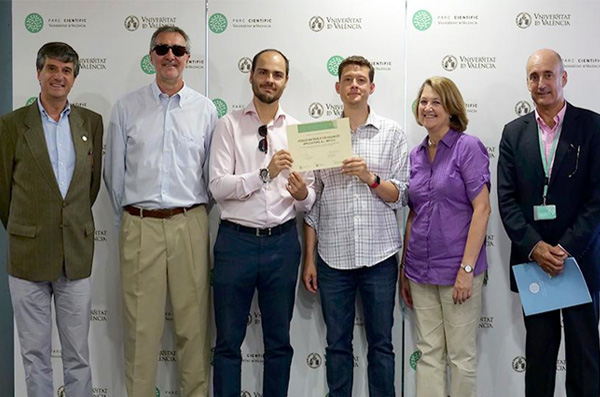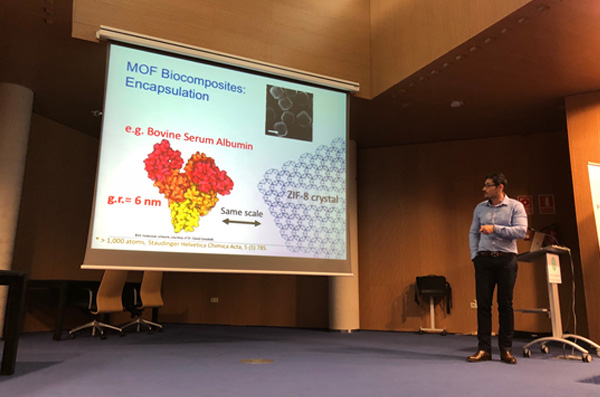Victor has officially become Dr. Rubio-Giménez after defending his PhD Thesis. The jury was formed by Prof. Mirica, Medina and Gándara. Victor will continue his work on conductive and magnetic MOFs until September 2019 when he will join Ameloot´s group at Leuven with a FWO Fellowship. Congratulations!
Isabel and Francisco have been awarded the Marie Curie and La Caixa Junior Leader Fellowships, respectively. These are very competitive calls that highlight their excellent scientific and academic performance. Congratulations!
Carlos joined Yaghi´s lab at UC Berkeley as a visiting scholar to discuss on potential collaborations on water adsorption and CO2 reduction with heterometallic titanium organic frameworks. Thanks for the invitation!
Carmen graduated in Chemistry in 2017 at the University of Santiago de Compostela an got a master in Chemistry at the University of Valencia in 2019. She will be working in the design of porous and materials and layered clays for water remediation and removal of toxics.
Elisa comes from Lille (France).For her internship as an Erasmus student, she will be helping Belén with the synthesis of chiral MOFs from proteogenic building blocks.
Víctors study on the nanostructuration of spin crossover coordination polymers has just been published in Chemical Science. A collaborative endeavor with contributions from FuniMat, RTMM and SMolMat groups of the ICMol, together with Unité Mixte de Physique CNRS/Thales and DEIMOS beamline of the Soleil synchrotron. Below a critical thickness, the completeness of the spin transition is sharply affected due to an equally dramatic film microstructure transition from fully coalesced layer into segregated nanocrystalline particles. This careful examination of the spin crossover properties of films at the nanoscale provides relevant information for scientists working towards the integration of this switchable materials into nanometric electronic and spintronic devices. For more details take a look at the full text here
MOF ultrathin films. Victor presented our recent work on spin-crossover materials at the nanoscale. For more details see here
Carlos visited the Universidad de Granada (Prof. Jorge A. R. Navarro) to present our research on lateral and vertical charge-transport in ultrathin MOF films.
With the help of the venture fund BeABLE Capital, Carlos has founded Porous Materials and Advanced Applications, S.L. The company has been certified as spin-off of the Universidad the Valencia and right after its birth has been recognized with the VLC Start Up award organised by the Parc Científic.
Prof. Christian Doonan from University of Adelaide visited us to lecture on the recent advances of his team on the potential of MOF biocomposites for application to industrial, heterogeneous and biocatalysis. We are hopeful this will initiate a fruitful collaboration between both groups.

